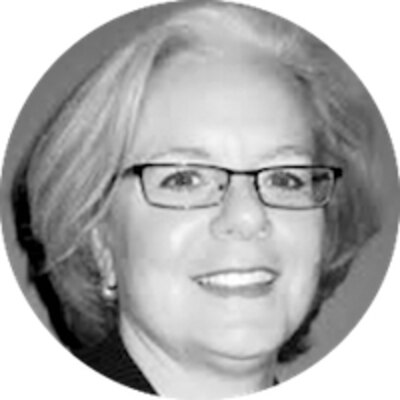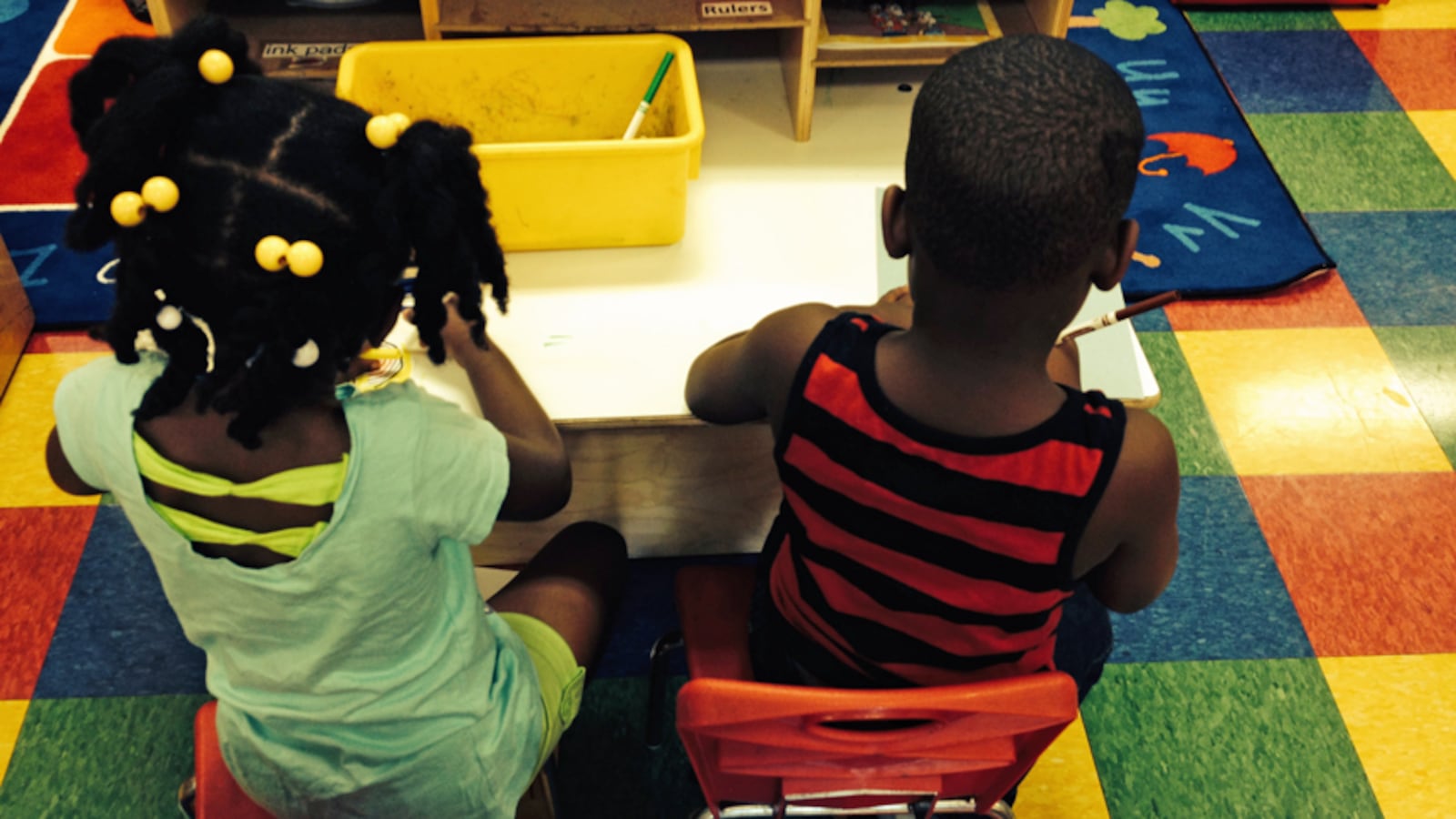First Person is a standing feature where guest contributors write about pressing issues in public education. Want to contribute? More details here.
As Superintendent Nikolai Vitti approaches his first anniversary of leading the struggling Detroit Public Schools Community District, I commend him for his energy and vision. In particular, I applaud his focus on developing a robust curriculum and hiring great teachers, the foundations of any great school district.

However, his recently announced plans to create new specialized programs for students with disabilities are disconcerting to me, given decades of research demonstrating the benefits of inclusion.
Specifically, Vitti has discussed the possibility of creating specialized programs for students with autism, dyslexia, and hearing impairments. The motivation is twofold: to meet students’ needs and to offer distinct programs that will attract parents who have fled Detroit in search of higher quality schools.
I’ve spent 25 years both studying and actively trying to improve schools for students with disabilities, and I can understand why Vitti’s proposal may have appeal. (I’m now the head of the National Center for Special Education in Charter Schools.) But while the specialized programs might fill a critical need immediately, I have seen the downside of creating such segregated programming.
Once the programs are created, parents will seek them out for appearing to be the better than weak programs in inclusive settings. This will reinforce the belief that segregation is the only way to serve students with learning differences well.
This is a problematic mindset that we must continually try to shift. One need only to examine decades of special education case law, or the outcomes of districts designed solely for students with disabilities — such as District 75 in New York City or the Georgia Network for Educational and Therapeutic Support — to see that such segregated settings can become one-way paths to limited access to a robust curriculum, peers without disabilities, or high standards, even when those districts are created with the best of intentions.
While a small proportion of students with the most significant support needs — typically 2-3 percent of students identified for special education — can benefit from more segregated and restrictive settings, the vast majority of students with disabilities can thrive in inclusive settings.
Vitti is clearly committed to ensuring that students with disabilities have access to essential supports and services, especially students with dyslexia. He has spoken passionately about his own experiences growing up with undiagnosed dyslexia as well as watching two of his four children struggle with dyslexia. And Vitti and his wife started a school for students with dyslexia in Jacksonville, Florida.
However, I would urge him to reconsider his approach in favor of exploring strategies to integrate robust supports and services into existing schools. By integrating, rather than separating, Vitti can ensure that all students have access to the general education curriculum and to teachers with demonstrated subject knowledge.
Furthermore, integrated programs ensure that students with disabilities have access to their typically developing peers and, conversely, that these peers have access to special education teachers’ expertise.
I’ve had the pleasure of seeing such inclusive programs in action around the country. For example, at San Diego’s Thrive Public Schools, there is no discernible distinction between students receiving special education services and students who are not. When I visited earlier this year, I saw how special education teachers work alongside general education teachers and share responsibilities for all students, not just those with disabilities.
At Mott Haven Academy in New York, teachers and school leaders preemptively deter behavioral issues and incorporate opportunities for intentional reflection. Students learn in a restorative environment that is safe, stable, structured, and understanding — particularly benefiting students with disabilities.
I’ve also seen programs designed to serve students with learning disabilities benefit many students. Why would we restrict these instructional practices to schools specifically designed only for students with dyslexia, for example?
I’m convinced that separating students based on their learning needs stands to do harm to both groups and reinforce pernicious stereotypes that students with disabilities need to be separated from their peers — a practice that does not prepare any students well to exist in a society that ideally embraces, rather than shuns, differences.
If Vitti cannot create the least restrictive settings for these students with autism, dyslexia, and hearing impairments in the desired timeline, I encourage him to consider an explicitly short-term solution — say, one to three years — with a specific phase-out deadline. This will enable students to receive critical supports and services while Vitti strives to ensure that students with disabilities are able to access high-quality programs in more inclusive settings.
In the long term, Vitti should strive to weave educating the full range of students with learning differences into the DNA of Detroit’s schools.
It is refreshing to hear an urban superintendent explicitly prioritizing the educational needs of students with disabilities. Vitti’s concerns should energize efforts to address the limited capacity, resources, and training for the benefit of all students. That would be truly innovative, and Detroit has the potential to emerge as a leader — an effort for which Vitti could be very proud.
Lauren Morando Rhim is the executive director and co-founder of the National Center for Special Education in Charter Schools.
About our First Person series:
First Person is where Chalkbeat features personal essays by educators, students, parents, and others trying to improve public education. Read our submission guidelines here.

